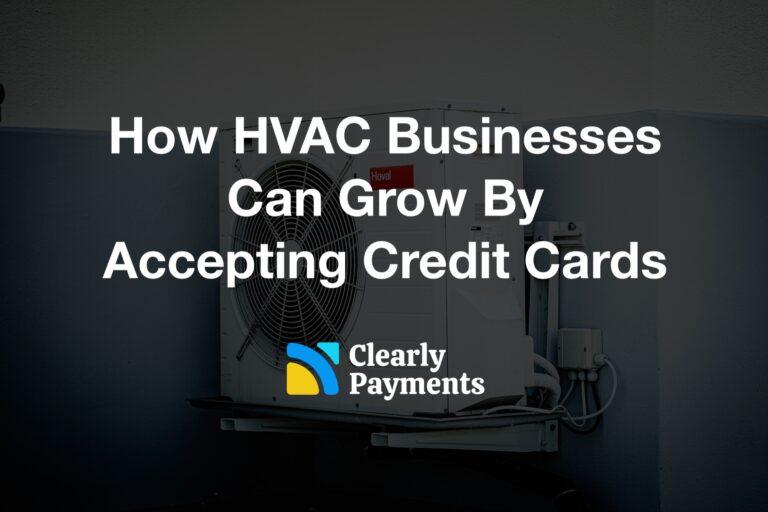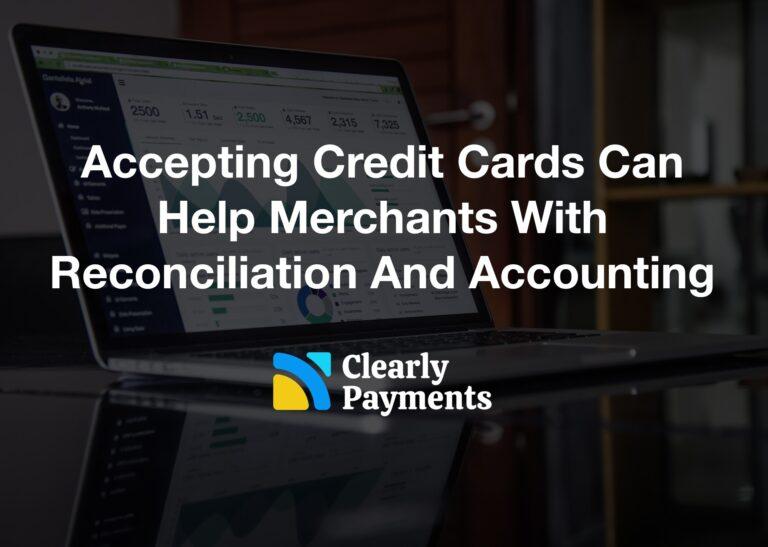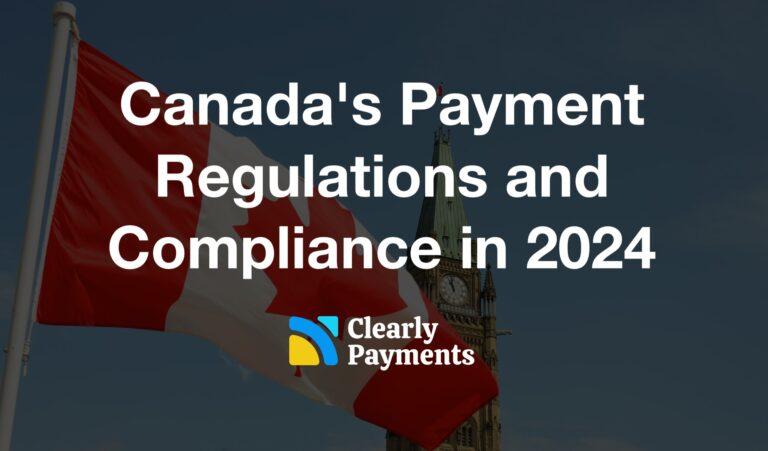Credit card processing has several different types of transactions that are used for different scenarios at a point-of-sale. The most common is a “sale”, but there are several others like refunds, voids, etc. This is an overview of the transaction types in payment processing.
Sale (or Purchase)
The most commonly used transaction type by merchants is a sale. A sale is simply the charge to a credit card for a purchase. A sale can occur with the swipe of a card at the point-of-sale or it can be done with an eCommerce transaction or even over the phone.
The credit card information is sent to the processor who then transmits it to the credit card network to approve the transaction with the consumer’s bank. All of this occurs in seconds.
Refund
A refund occurs when a merchant has charged a credit card and they need to reverse the payment and return the funds to the payer.
After a refund, the funds are returned to whatever credit card was used to make the initial payment. You can generally refund either the whole amount or part of it, however you cannot refund higher than the original payment amount. If the original charge had a currency conversion, the refunded amount converts back using the same process.
Pre-Authorization (or Pre-Auth)
A pre-authorization is similar to a sale, however it does not actually complete the sale. This means funds are not captured. The funds are not debited from the cardholder, but they are reserved for 7 to 10 days. When the merchant is ready to “capture” the funds, the merchant will submit a capture transaction to complete the sale, which is the next transaction type described.
A pre-auth is a popular transaction type used in services and tourism. For example, a hotel may pre-auth $500 when you check-in to cover any incidental charges. If a pre-authorization transaction is not captured within the 7 to 10 day period, the fund reservation is cancelled automatically.
Capture
A capture is the completion of a pre-authorization transaction. For a capture to be successful, it must include the original approval code generated by the pre-authorization.
Captures are frequently used in gas stations. A gas station will do a pre-authorization for a certain amount prior to you filling your car, then the gas station will do the capture for the actual amount once you complete pumping your gas. A merchant can capture up to the pre-authorization amount or a lower amount, but not more than the original pre-authorization amount.
Void
A void is used to cancel a sale transaction. You can generally only void a transaction that has occurred on the same day or prior to any batches. Voids are primarily used to correct errors or typos in sale transactions. For example, if the incorrect amount was entered for a credit card purchase, the transaction can be voided and then processed again for the correct amount.
A customer will not be charged for the original transaction if it is voided. Voiding a transaction prevents interchange fees from being charged, but if it is processed as a refund, then you will not get the interchange fees back for that transaction.
Verification
A verification is essentially used to test the validity of a credit card. It is a $0 transaction. This is typically used for a merchant that wants to verify the credit card but not actually process an amount at that time.
This is quite often used in services businesses. For example, if you sign up for a gym membership that charges you at the start of each month, a verification transaction might be run to test and save the card information. Then the verification transaction information will be used to charge the credit card at the start of each month.




